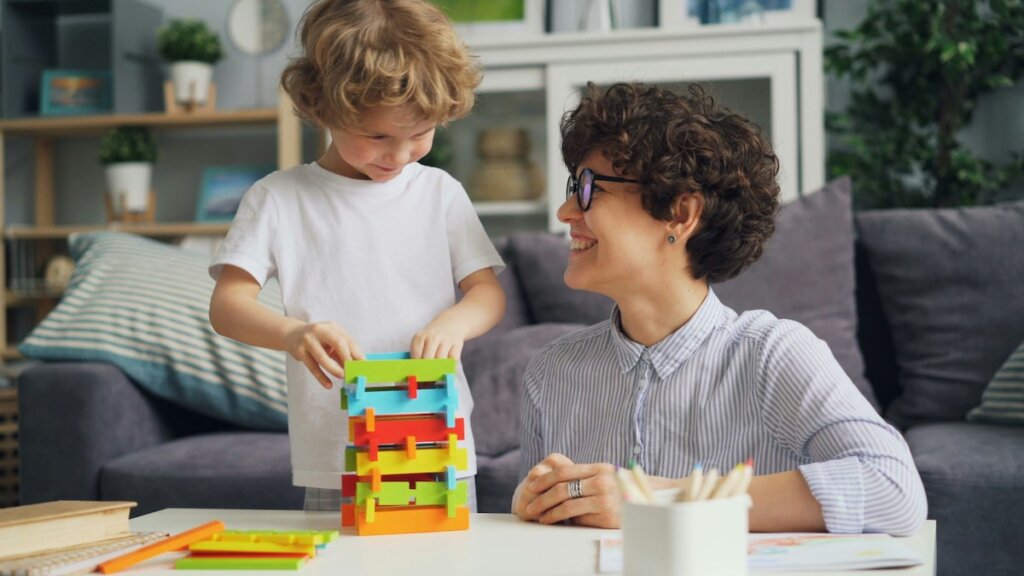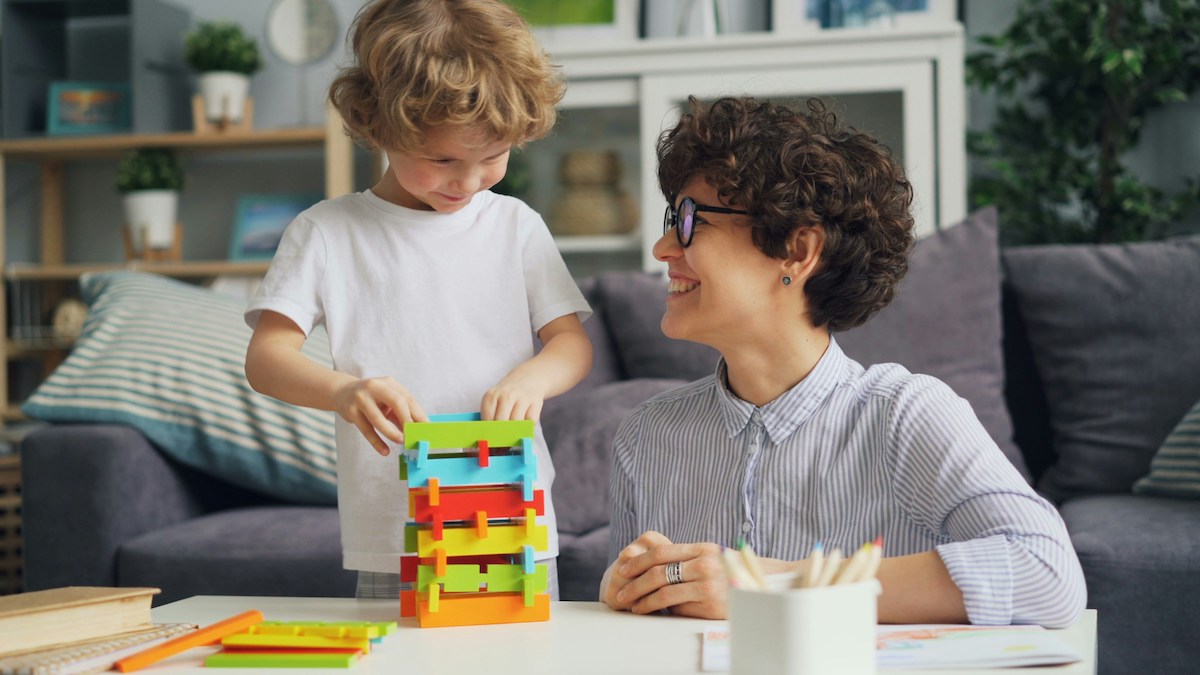Eight months ago, my wife Carolina and I were preparing lunch in the kitchen when, as most parents will know all too well, we got distracted. One of the wraps started to burn, and, like clockwork, the smoke alarm kicked in. That sudden, ear-piercing siren sound that we’ve all come to associate with safety.
But for our son Maxi, who lives with Autism Spectrum Disorder (ASD), that sound is more than just a noise. It’s overwhelming, a sensory overload that tipped him into panic.
At first, he was still, maybe for five or ten seconds — time seems to blur in those moments — and then he screamed. It wasn’t a tantrum; it was a visceral response in which his whole body seemed to protest the sound. We were lucky in that, working for a smoke alarm manufacturer, I knew how to silence the alarm, and I’m tall enough to do it quickly.
But it was a wake-up call in more ways than one. That day, we had a realisation: fire safety, as essential as it is, needs alternative solutions when it comes to kids like Maxi.
Understanding Sensory Sensitivity and Its Impact
As any parent of a child with autism knows, sensory sensitivity is a huge part of daily life. In Maxi’s case, loud, sudden sounds are especially overwhelming. When that sound is something as intense as a smoke alarm, it can evoke more than just discomfort.
When a situation triggers full-blown distress, anxiety, or even a shutdown, it’s not just difficult for the child; it can make a real emergency even more confusing and harder to manage for the whole family.
Finding a Solution: Wireless Smoke Alarm Controllers
Moving forward, we knew we needed a better system. A solution that would still keep us safe but wouldn’t come at the cost of Maxi’s wellbeing. That’s when we invested in a wireless smoke alarm controller — a small device that now lives close to our kitchen and social area.
This controller gives us the ability to test or silence the alarm quickly if the cause isn’t dangerous, like an overdone piece of toast. The alarm still works perfectly for real emergencies, but we’ve now got control, and Maxi has comfort.
A Learning Moment: Teaching Maxi About Fire Safety
This minor change led to something even more significant: a conversation with Maxi and his brother about what smoke alarms do, why they’re essential, and how we respond to them. We even played an evacuation game, teaching them how to leave a space safely if there’s ever real danger.
By the end of the game, Maxi was smiling, and the distress from the smoke alarm sounding had faded, replaced by a sense of fun and, importantly, understanding.
This even sparked a powerful learning moment for Carolina and me — when safety systems are made more inclusive, everyone benefits.

Broadening the Discussion: Accessible Fire Safety for All
The latest figures from the Australian Bureau of Statistics report that 1 in 25 children aged 5 to 14 are diagnosed with ASD. This is a significant rise from previous years and a reminder that the world needs to catch up. Our homes, schools, and public spaces must evolve to reflect the needs of all children, especially when it comes to something as vital as emergency preparedness.
Because here’s the thing: smoke alarms aren’t the enemy. They save lives. But the traditional attributes of loud tones and flashing lights, however, can unintentionally exclude children with ASD, for whom these sensory triggers can be physically and emotionally unbearable.
When a child with ASD hears that alarm, they may not understand that it’s a warning. Instead, they might freeze, scream, run, or shut down. In a genuine emergency, these reactions can create serious complications, which is why accessibility in fire safety matters.
How Accessible Fire Safety Benefits Families
As parents, we often spend our time adapting the world to better suit our kids — tweaking routines, prepping for transitions, planning ahead for sensory triggers. Fire safety should be no different.
There are several ways we can make fire safety more accessible:
-
Adjustable alarm volumes or a brief delay before the full sound kicks in, giving parents and caregivers a chance to intervene.
-
Visual or tactile alerts, for children who may not respond to sound.
-
The ability to press a button and stop the chaos when the situation is under control.
Brooks Australia: Leading the Way in Fire Safety Solutions
That’s why, at Brooks Australia, we’ve focused on creating wireless smoke alarm controllers that prioritise accessibility and flexibility. These units allow alarms to be tested or silenced from accessible locations — like a bedside table or a reachable wall mount — making them practical for individuals with sensory sensitivities and the people caring for them.
For our family, having a wireless control unit has been a game changer. Not just because it’s eased Maxi’s anxiety, but because it’s given us the opportunity to talk about fire safety in a way that is age-appropriate, engaging, and calm. It’s helped our whole family feel more prepared, and a lot less afraid.
Making Safety Feel Like Protection and Love
At the end of the day, safety shouldn’t come at the expense of a child’s emotional wellbeing. No family should have to choose between protecting their home and protecting their child from sensory distress.
Safety should feel like protection, a plan, and love in action. And for parents navigating the world of ASD, it’s a relief to know that “love in action” solutions are out there. They might be small, but they make a world of difference.
To learn more about accessible fire safety solutions, head to www.brooks.com.au.
About Brooks Australia
Brooks Australia has been a market leader in dry fire safety systems and solutions since its founding 50 years ago and was acquired in December 2022 by Irish company Ei Electronics. Recognised as a leader in the public housing sector, Brooks has developed and supplied an array of high-quality, reliable products based on its knowledge and expertise to help safeguard families with their residential and commercial fire panel systems.
About the Citations
Australian Bureau of Statistics – Autism in Australia (2022)








